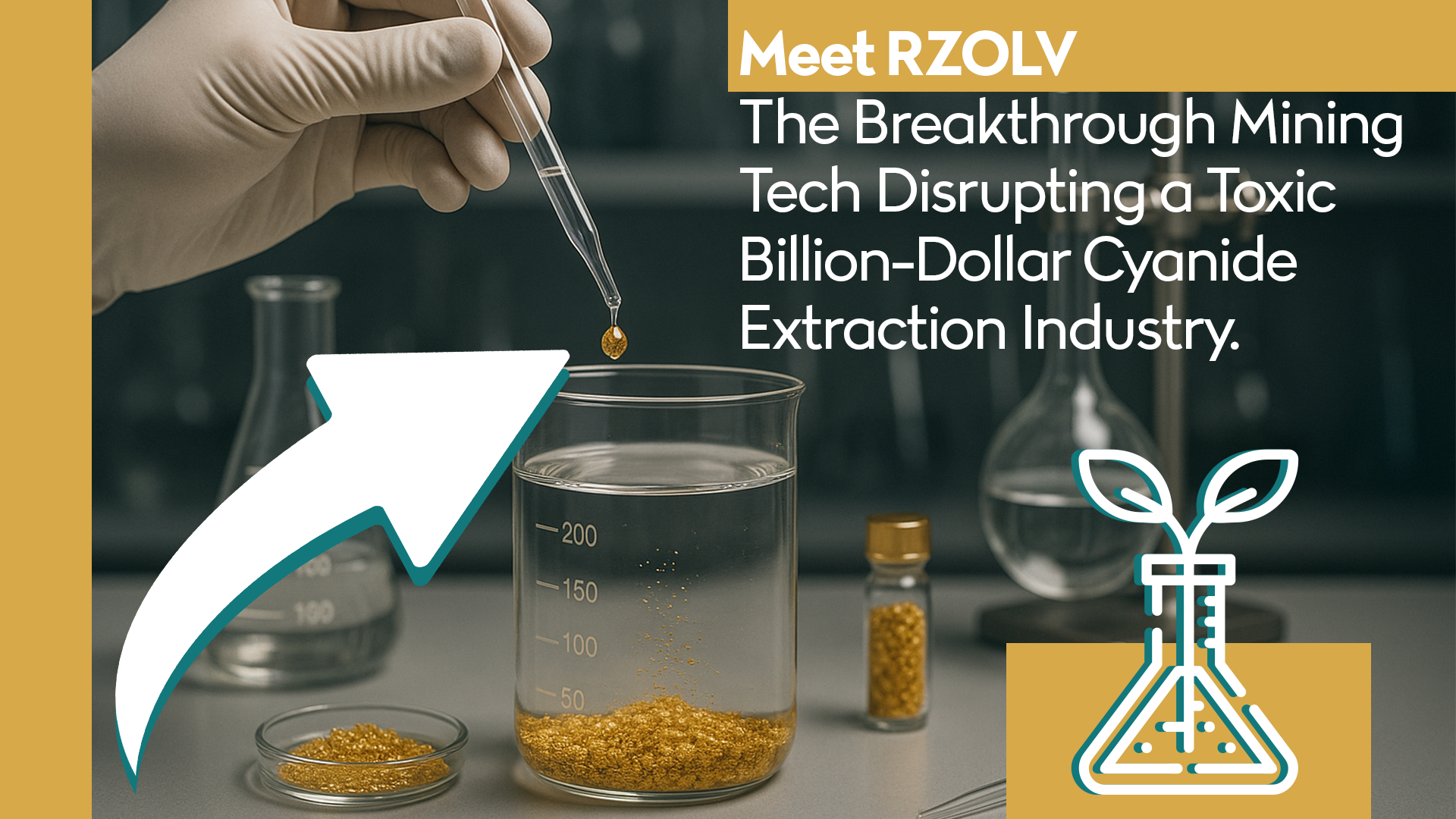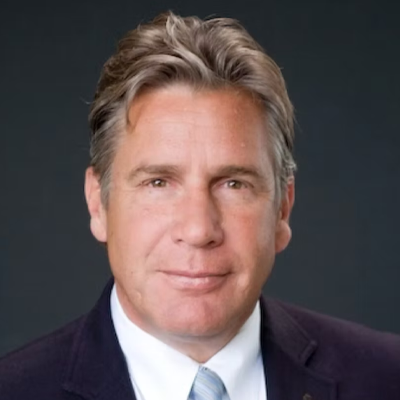Dies ist eine bezahlte Werbeaktion.
The content of this article, including any related content (pages, videos, etc.), features projections and statements regarding future events or financial performance (collectively referred to as “forward-looking information”) as understood under relevant securities legislation. Such information often includes phrases like “believe,” “expect,” “anticipate,” “intend,” “estimate,” “potential,” or similar language, as well as expressions suggesting that certain events or conditions “may,” “will,” “could,” or “should” happen. CEOSDaily, Departures Capital and RZOLV Technologies advise readers and investors to understand that these forward-looking statements do not guarantee future performance or outcomes, and actual results could significantly vary due to numerous factors. Investing is risky and you should not invest based on the information contained in this page. For a detailed analysis of these risk factors and their possible impacts, readers should consult RZOLV Technologies’s publicly available documents, which can be found on regulatory authorities' websites such as SEDAR+. The content of this page is for educational and entertainment purposes only and is not to be taken as financial advice. Consult a financial professional before making any investment decisions. Investing is inherently risky. CEOSDaily operates as a subsidiary of Departures Capital and CEOSDaily and/or Departures Capital was compensated to create this page and the contents within. We strongly advise our audience to carefully read through the Departures Capital
Disclaimer and
Privacy Policy before interacting with our content, as it provides crucial details regarding inherent risks and other crucial information regarding the use of your data. We urge our readers to conduct thorough research and exercise due diligence prior to making any investment decisions. Readers should not be influenced by the information presented in this page to make any investment decisions, but should research other sources and seek professional advice before making any investment decision on the company mentioned. Also to note, in many cases, pages are created and reused and therefore the information in this page may be out of date or incorrect.
It is important for you to understand that this page is a paid promotion. Additionally, the author and/or third parties may have been compensated by Departures Capital and/or CEOSDaily for the creation, publication, and distribution of this page. In this case, Departures Capital Inc. has received financial remuneration from Innovation Mining Inc. for a range of services, including but not limited to the creation and dissemination of this content (this page and its contents) on behalf of RZOLV Technologies. For a content package, which includes this page and may include other content (videos, articles, etc.) and other services (marketing, management, consulting, etc.), Departures Capital received a compensation of $35,000 (Thirty Five Thousand Canadian Dollars). Any opinions expressed in Departures Capital reports, company profiles, or other materials are subject to change. Departures Capital and its affiliates may buy and sell shares of securities or options of the issuers mentioned in this video at any time.
This webpage is crafted to gather contact details, such as email addresses and phone numbers, for use in promotional activities or for other purposes as deemed appropriate by Departures Capital, CEOSDaily, RZOLV Technologies and other third parties. Please unsubscribe your email or phone number in the email or message to remove it from the list. Unsubscribing in one list does not guarantee that it is unsubscribed in another list such as one used by a third party or the company mentioned. Please fully read and understand our
Privacy Policy before interacting with our content, as it provides crucial details regarding data collection and potential usage. Please read the disclaimer and privacy policy provided on RZOLV Technologies's
Website to understand RZOLV Technologies's policies and disclaimers and to do your own research. For more information, or to contact us regarding this page or any other related topics, please contact Departures Capital via email below. RZOLV Technologies' imagery is under it own respective copyright.
CEOSDaily is a subsidary brand of Departures Capital. For contact, please email contact@departurescapital.com. Departures Capital is located at #1500-409 Granville St Vancouver, BC, Canada V6C 1T2. Please read our
Disclaimer and
Privacy Policy. All Rights Reserved. Copyright 2024.











